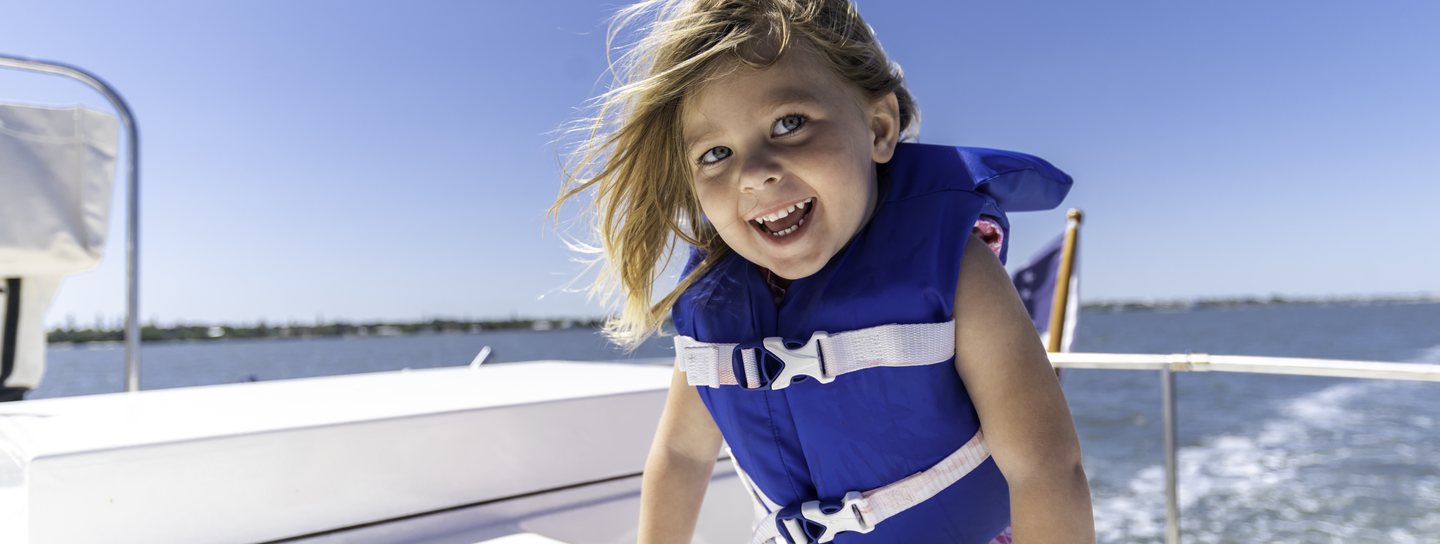
Water Safety

Water Safety
Staying Safe – In and Around Water
Every day in the U.S., about 11 people die from unintentional drowning—and two of them are children aged 14 or younger. Drowning claims nearly 4,000 lives annually, making it the leading cause of death for children ages 1 to 4 after birth defects, and the second leading cause of unintentional injury death for kids ages 1 to 14.
Before your family heads out to enjoy the water, take a moment to prepare with these essential safety tips:
Life Jackets Save Lives
- Always wear a U.S. Coast Guard-approved life jacket when boating or near natural water—regardless of age or swimming ability.
For kids, ensure a snug fit. Have them raise their arms like a touchdown signal—if the jacket touches their chin or ears, it may be too loose or too big. - Infants should not travel on boats (including kayaks, motorboats, and sailboats) until they meet the weight requirement for an approved personal flotation device (PFD). Here's some more information on choosing the right life jacket.
Keep Little Kids Warm
- Infants and young kids are at a higher risk for hypothermia, so if you're taking a baby on a boat, take extra precautions to keep your baby warm. If your children seem cold or are shivering, wrap them tightly in a dry blanket or towel.
Don't Rely on Swimming Aids
- Remember that swimming aids such as water wings or noodles are fun toys for kids, but they should never be used instead of a U.S. Coast Guard-approved personal flotation device (PFD).
Childproof Your Boat and Develop Basic Rules
- Explain basic boat rules and ensure everyone follows them. For example, children should understand that they need to keep their hands and feet inside the boat at all times and should not run on the boat.
Use Your Best Judgment
- A large portion of boating accidents involve alcohol consumption by both boat operators and passengers. For safety, we strongly recommend that you do not drink alcoholic beverages while boating.
- Learn CPR! Your CPR skills could save someone's life in the time it takes for paramedics to arrive on scene. Many organizations like the American Red Cross and American Heart Association offer CPR training courses, both online and in-person.
Know the Risks of Natural Waters
- Teach children that swimming in open water is not the same as swimming in a pool: They need to be aware of uneven surfaces, river currents, and ocean undertow.
- Make sure kids swim only in areas designated for swimming.
- Since you never know how deep the water is or what might be hidden under the surface, children should never dive into oceans, rivers, or lakes.
- Educate kids on the danger of weather while swimming. Local weather conditions can change quickly and cause dangerous flash floods, strong winds and thunderstorms with lightning strikes.
Actively Supervise Kids in and around Open Water
- Every child is different, so enroll your child in swimming lessons when you feel he or she is ready. Teach children how to tread water, float and stay by the shore. While formal swimming lessons can reduce the risk of drowning, all children still need close and constant supervision while in or around water.
- Actively supervise children in and around open bodies of water, giving them your undivided attention. Adults should not be distracted with activities such as reading, using the phone, or consuming alcohol or drugs. Drowning happens in seconds and is often silent, so your attention is necessary.
- Whenever infants or toddlers are in or around water, an adult should be within arm’s reach to provide active supervision. This is called "touch supervision". If children are near water, then they should be the only thing on your mind. Small children can drown in as little as one inch of water.
- When there are several adults present and children are swimming, designate an adult as the “Water Watcher” for a certain amount of time (such as 15-minute periods) to prevent lapses in supervision.
If you have questions or need resources, contact St. Luke’s Children’s Injury Prevention at (208) 381-1719.
Drowning Prevention
Safety Tips
Idaho has one of the highest rates of accidental drownings in the nation due to our abundant natural water sources, like rivers and lakes, as well as our agricultural support waterways.
Review this video for tips on keeping your children safe around water.
